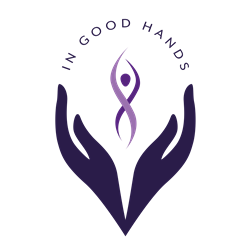Perhaps you bent the wrong way while lifting something heavy. Or you’re dealing with a degenerative condition like arthritis. Whatever the cause, once you have low back pain, it can be hard to shake.
Sometimes, it’s clearly serious: You were injured, or you feel numbness, weakness, or tingling in the legs and should seek medical advice. But for routine and mild low back pain, here are a few simple tips to try at home.
Chill it. Ice is best in the first 24 to 48 hours after an injury because it reduces inflammation, even though the warmth feels good because it helps cover up the pain and it does help relax the muscles, the heat actually inflames the inflammatory processes. After 48 hours, you can switch to heat if you prefer. Whether you use heat or ice, take it off after about 20 minutes to give your skins a rest. If pain persists, talk with a doctor.
Keep moving. Our spines are like the rest of our body they’re meant to move, keep doing your daily activities. Make the beds, go to work, walk the dog. Once you’re feeling better, regular aerobic exercises like swimming, bicycling, and walking can keep you and your back more mobile. Just don’t overdo it. There’s no need to run a marathon when your back is sore.
Stay strong. Once your low back pain has receded, you can help avert future episodes of back pain by working the muscles that support your lower back, including the back extensor muscles. They help you maintain the proper posture and alignment of your spine. Having strong hip, pelvic, and abdominal muscles also gives you more back support. Avoid abdominal crunches, because they can actually put more strain on your back.
Stretch. Don’t sit slumped in your desk chair all day. Get up every 20 minutes or so and stretch the other way. because most of us spend a lot of time bending forward in our jobs, it’s important to stand up and stretch backward throughout the day. Don’t forget to also stretch your legs. Some people find relief from their back pain by doing a regular stretching routine, like yoga.
Think ergonomically. Design your workspace so you don’t have to hunch forward to see your computer monitor or reach way out for your mouse. Use a desk chair that supports your lower back and allows you to keep your feet planted firmly on the floor.
Watch your posture. Slumping makes it harder for your back to support your weight. Be especially careful of your posture when lifting heavy objects. Never bend over from the waist. Instead, bend and straighten from the knees.
Wear low heels. Exchange your four-inch shoes for flats or low heels (less than 1 inch). High heels may create a more unstable posture, and increase pressure on your lower spine.
